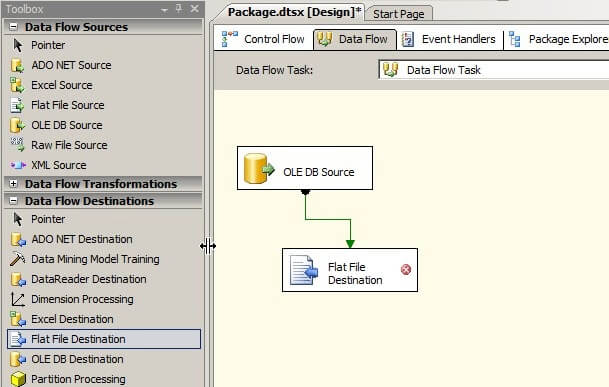Raw File Reader Ssis

Raw File Reader
We use SSIS for our data warehouse and use RAW files all over the place. We extract data from our source system into RAW files (1 file per table). Then during the transform and load stage we take the extracts and upgrade them (schemas change over time) to the most recent version in a temporary folder. The next step is to merge a bunch of the normalized files into a single table/RAW file. After that's all done, we read the RAW file into SQL Server. Breaking the process up into different pieces makes it easy to debug (especially with the RAW File Viewer) at key points in the process. It lets us be more modular with our packages since one extract can be used in multiple dimensions/facts and we only need 1 package to do the upgrading.
Setelah dibunuh jenasah mereka dimasukkan kedalam sumur tua di daerah Lubang Buaya yang di kemudian hari ditemukan kembali oleh Ajun Komisaris Besar Polisi (AKBP) Alm. G 30 s pki video. Sebuah pemberontakan yang sangat keji yang diiringi terbunuhnya beberapa Jendral dan Perwira Tinggi dari TNI AD. Hingga akhirnya gerakan pemberontakan tersebut dapat ditumpas pada tanggal 1 Oktober 1965.


Aug 08, 2009 The use of raw files as SSIS data source is highly recommended for huge volume of data due to its superior read/write performance. Raw files store data in. This means that the Raw File source can read data more. You can also point the Raw File source to an empty raw file. You can set properties through SSIS.
If something does go wrong with the Transform Load, we don't end up with partially loaded data. I suppose most of this could be achieved with temporary tables in SQL Server, but it was a design decision made long before me. There are probably other benefits that I'm missing. As for the program itself. It programmatically creates an SSIS package with a RAW File Source and a DataReader Destination.
Then it's just some C# to read the data from the DataReader into a DataGridView.